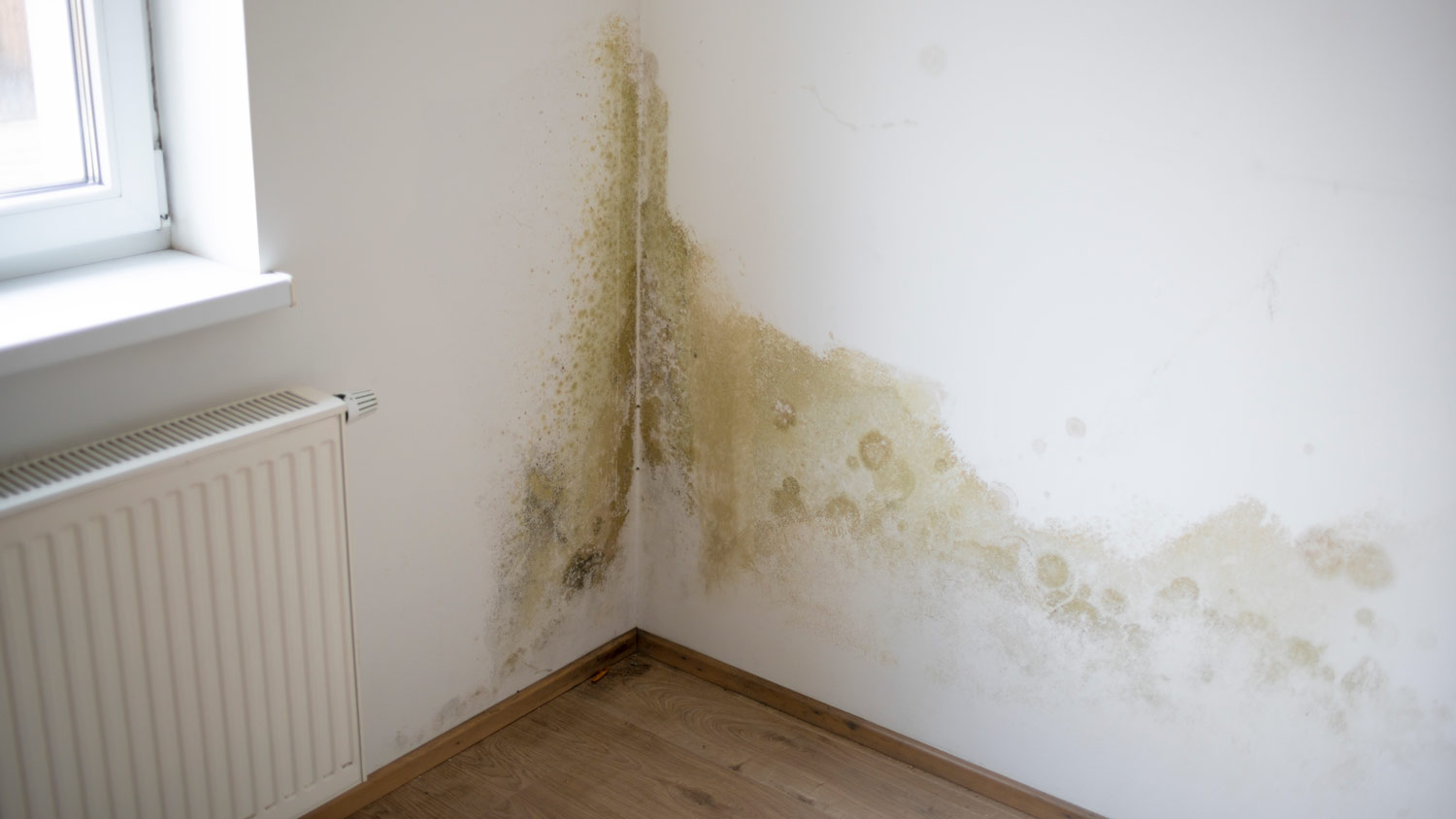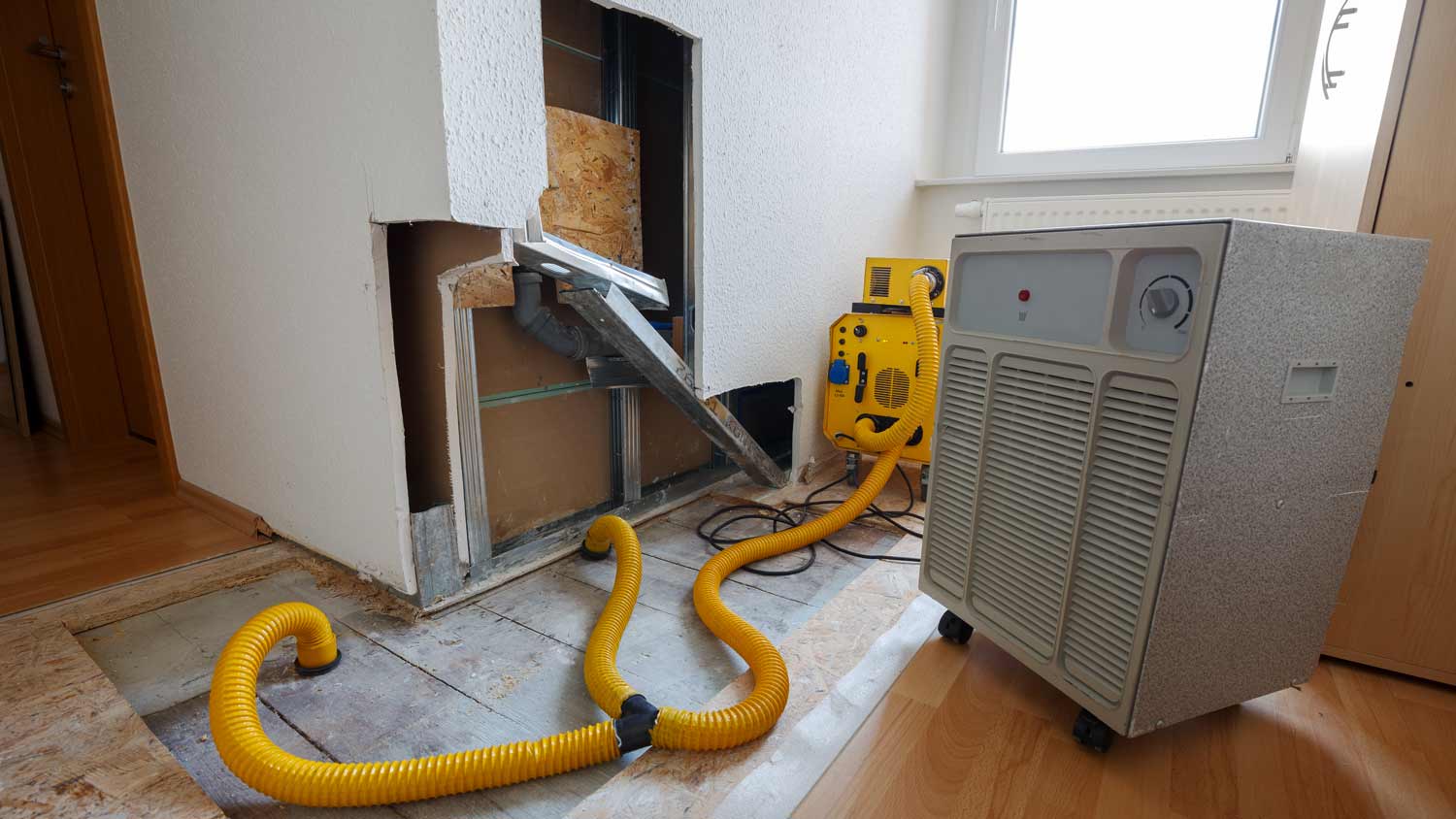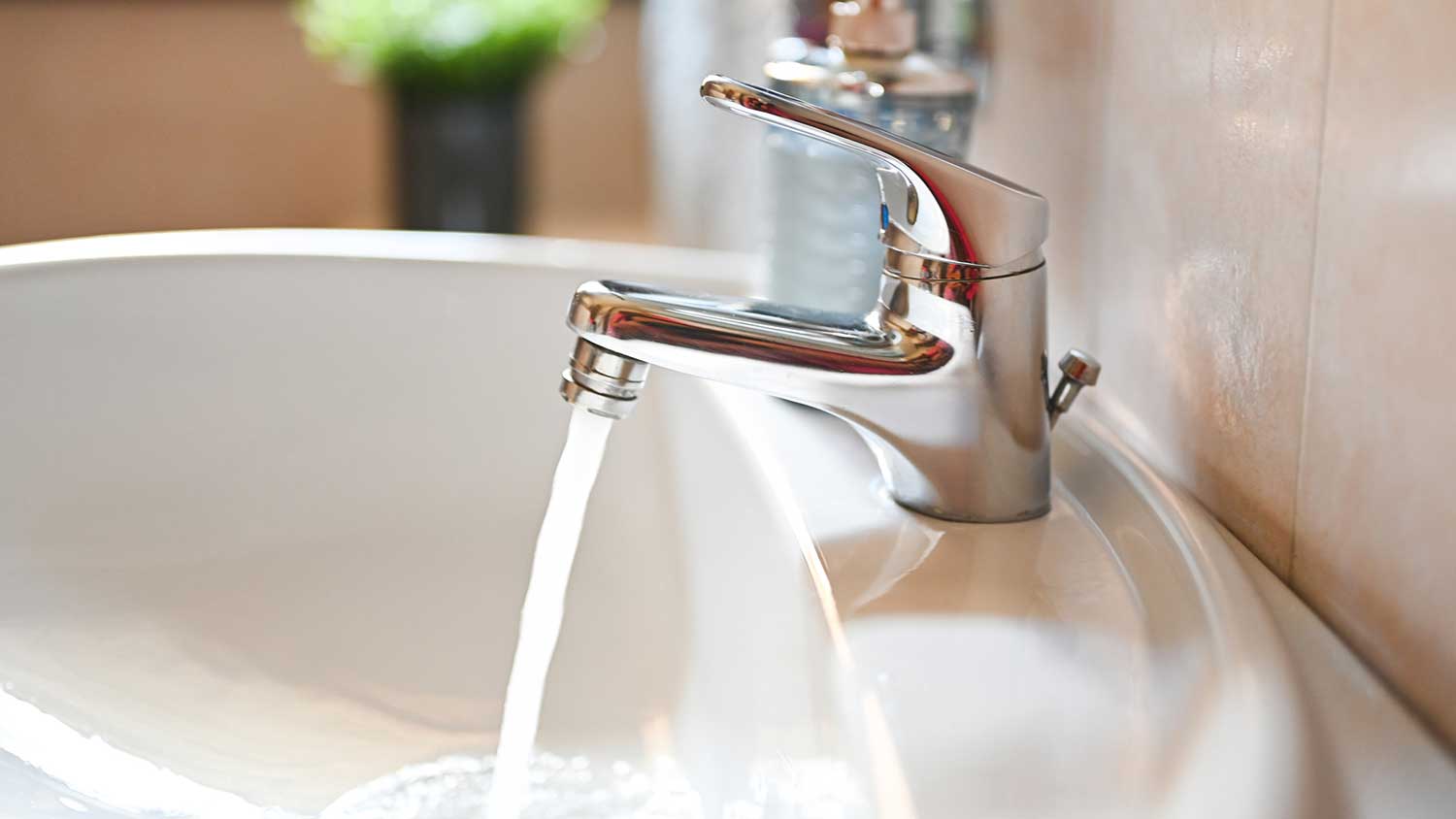
Fire damage restoration costs vary widely based on the extent of the damage. Learn how to assess your home and estimate your total after a fire.
What’s damp today will be moldy tomorrow


In most cases, mold will begin growing in 24 to 48 hours, but it could begin just 12 hours after water damage in hot, humid areas.
After water damage, your first order of business should be to remove standing water and then dry out the area to prevent mold growth.
Mold can cause allergy symptoms, exacerbate respiratory problems, and even damage your property over time.
A flood, roof leak, or burst pipe might seem like the worst-case scenario, but if you don’t act quickly, the water damage to your home will only be the beginning. In this guide, we’ll explain how fast mold can grow after water damage, how to identify a mold issue, and more to keep you fully prepared.
Mold will begin growing within 24 to 48 hours after water damage in most cases, but in some homes, it can set in within just 12 hours. Getting the water out and dealing with the moisture immediately should be your number one priority once you discover water damage in your home, and it can save you money on your water damage restoration costs.

Why does the timeline vary? There are two major reasons.
Humidity: Mold thrives in humid environments, so if you live in an area with naturally high humidity, the addition of water in your home can allow mold spores to take root and begin multiplying more quickly.
Temperature: Mold also thrives in warmer temperatures. If you live in a colder climate, you may have the full 48 hours before mold begins to grow. If you live in an area where temperatures are consistently high, you may only have 12 hours.

After water damage, there are three things you can look out for to identify mold growth.
Visible mold: The most obvious sign of mold growth is, well, mold growth. When mold begins growing on surfaces, you’ll see circular black spots forming that might appear fuzzy. This is a clear sign of mold, although it might not be immediately obvious if it’s hidden under cabinets or behind furniture.
Musty odors: Mold spores will be released from the surfaces where the mold is growing and become airborne. Those spores create a musty, moldy odor in areas affected by mold, so this is a clear sign of water damage and resulting mold growth.
Allergy symptoms: Many people will experience allergy symptoms when exposed to mold spores. If someone in your home suddenly experiences itchy eyes, a runny nose, coughing, or sneezing right after water damage, you may have mold growth.

Knowing how to identify and treat mold growth is great, but the best thing to do after water damage is to avoid mold altogether. This will require drying out the area to remove moisture that allows mold to thrive. You can follow the steps below to prevent mold growth after water damage.
Pump out standing water: Begin by pumping out any standing water to mitigate the damage.
Vacuum up puddles: Use a shop vacuum to suck up puddles and remove excess water.
Remove water-logged materials: Consider cutting out and removing water-logged drywall, insulation, carpet, carpet padding, furniture, and belongings that are beyond repair.
Set up blower fans: Set up blower fans in the water-damaged room and run them for 24 to 72 hours.
Run a dehumidifier: Run a dehumidifier in the room, as well. This will increase the effectiveness of the blower fans and help bring down moisture levels to prevent mold growth.
Taking aggressive action immediately after water damage is the best way to prevent mold growth. If you’re not prepared to carry out the steps above or don’t have the necessary tools or time, call a water damage restoration company near you to get the work done for you.
From average costs to expert advice, get all the answers you need to get your job done.

Fire damage restoration costs vary widely based on the extent of the damage. Learn how to assess your home and estimate your total after a fire.

Fire hydrant costs might not be an expense you think about day-to-day, but they’re important to consider for the safety of your home.

Water damage restoration costs depend on the severity of the problem, the type of water, and the length of time the damage has been occurring.

Most homeowners don’t know how to deal with water damage. Use this guide to take the proper steps to minimize damage and keep your family and home safe.

Water damage is classified by how much water there is and what materials are affected. Learn about the four classes of water damage and how to identify them.

Dealing with the aftermath of a leak or a flood? Learn how to fix water-damaged wood floors by yourself to save on water remediation costs.